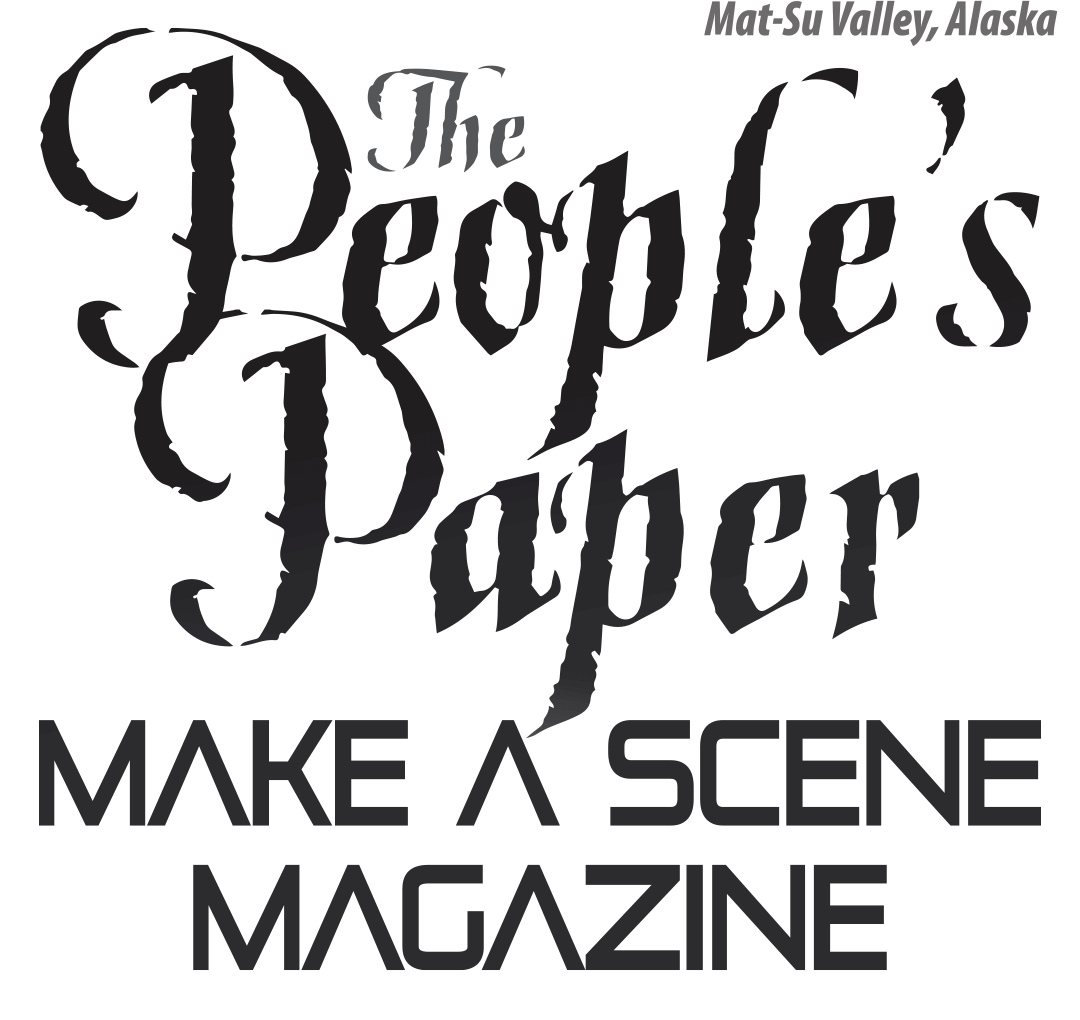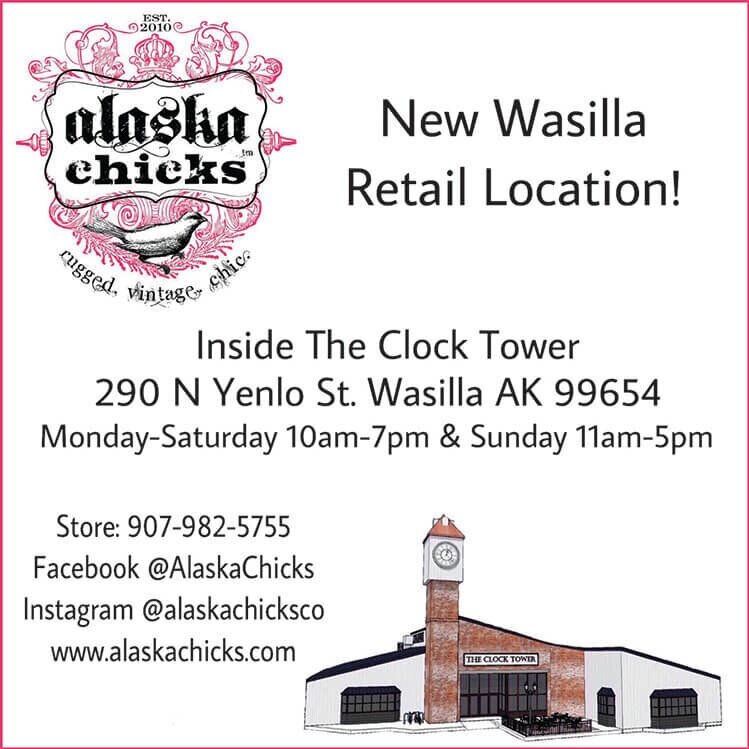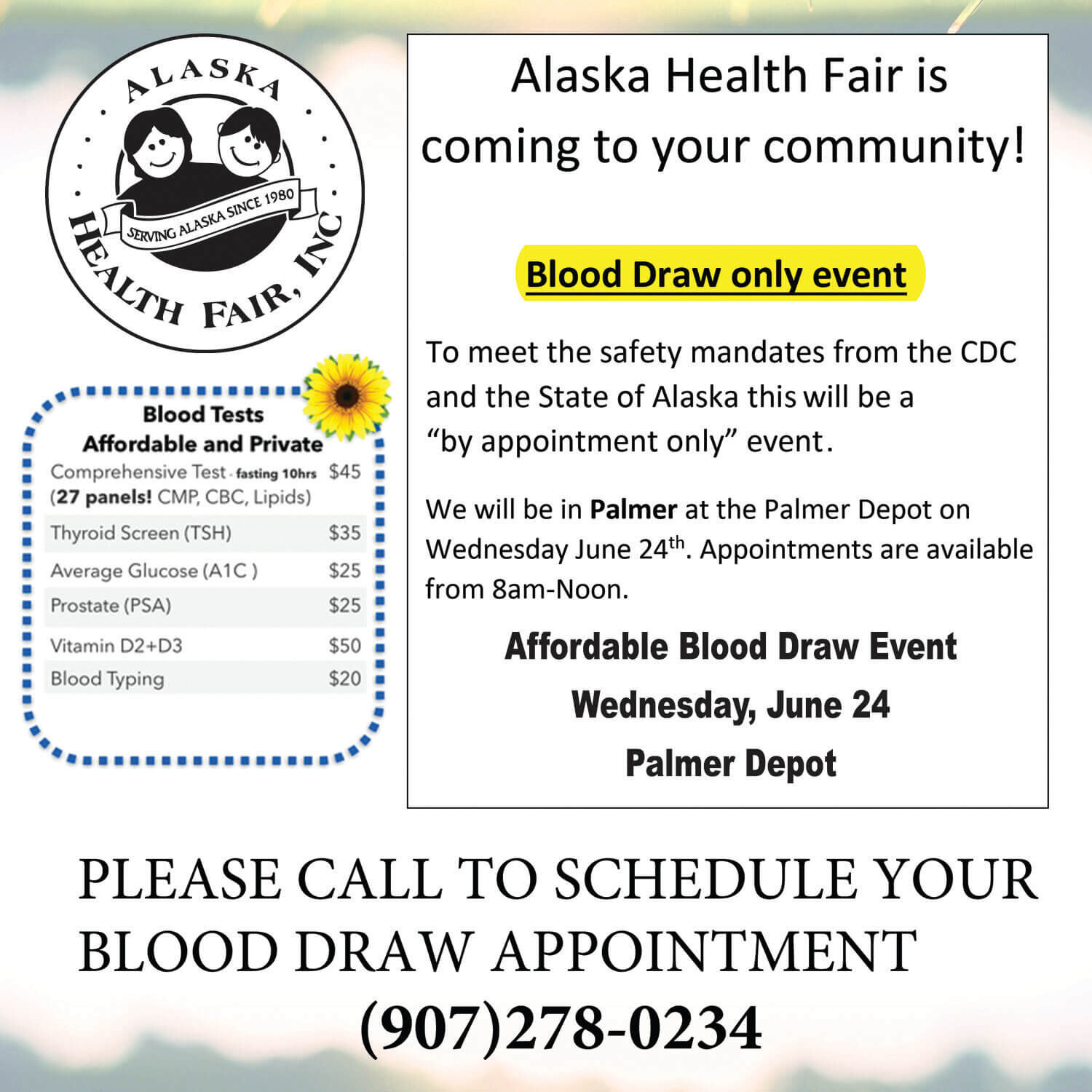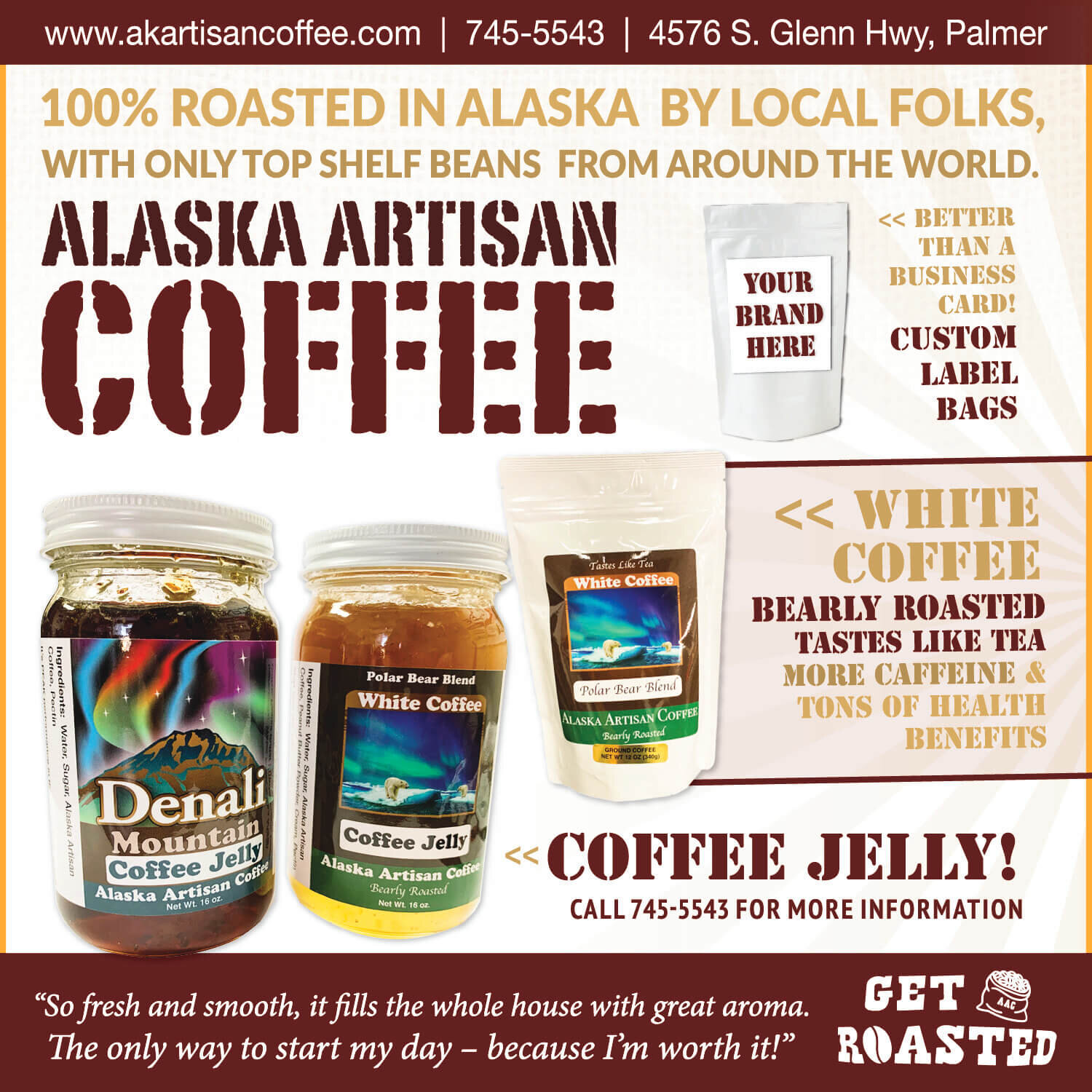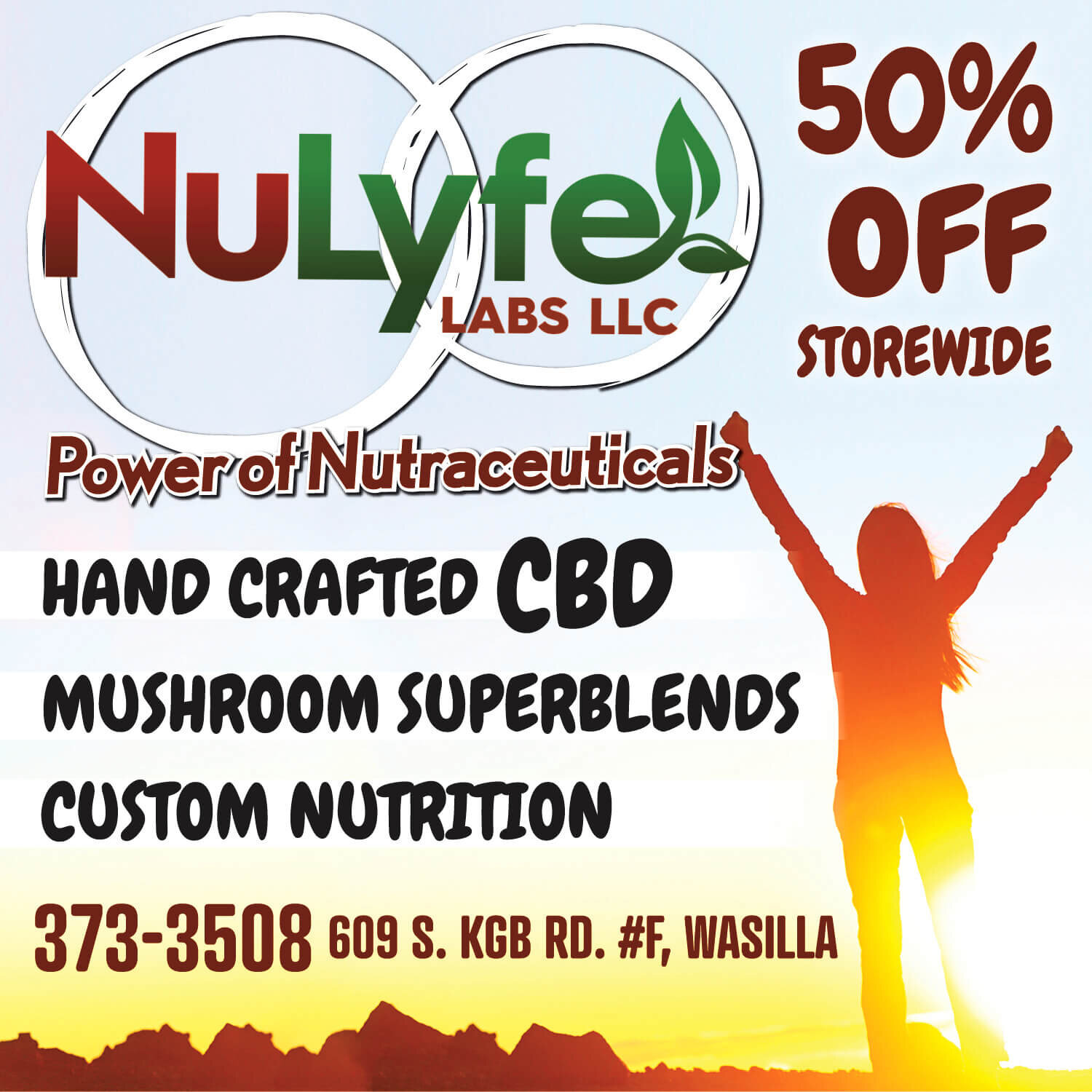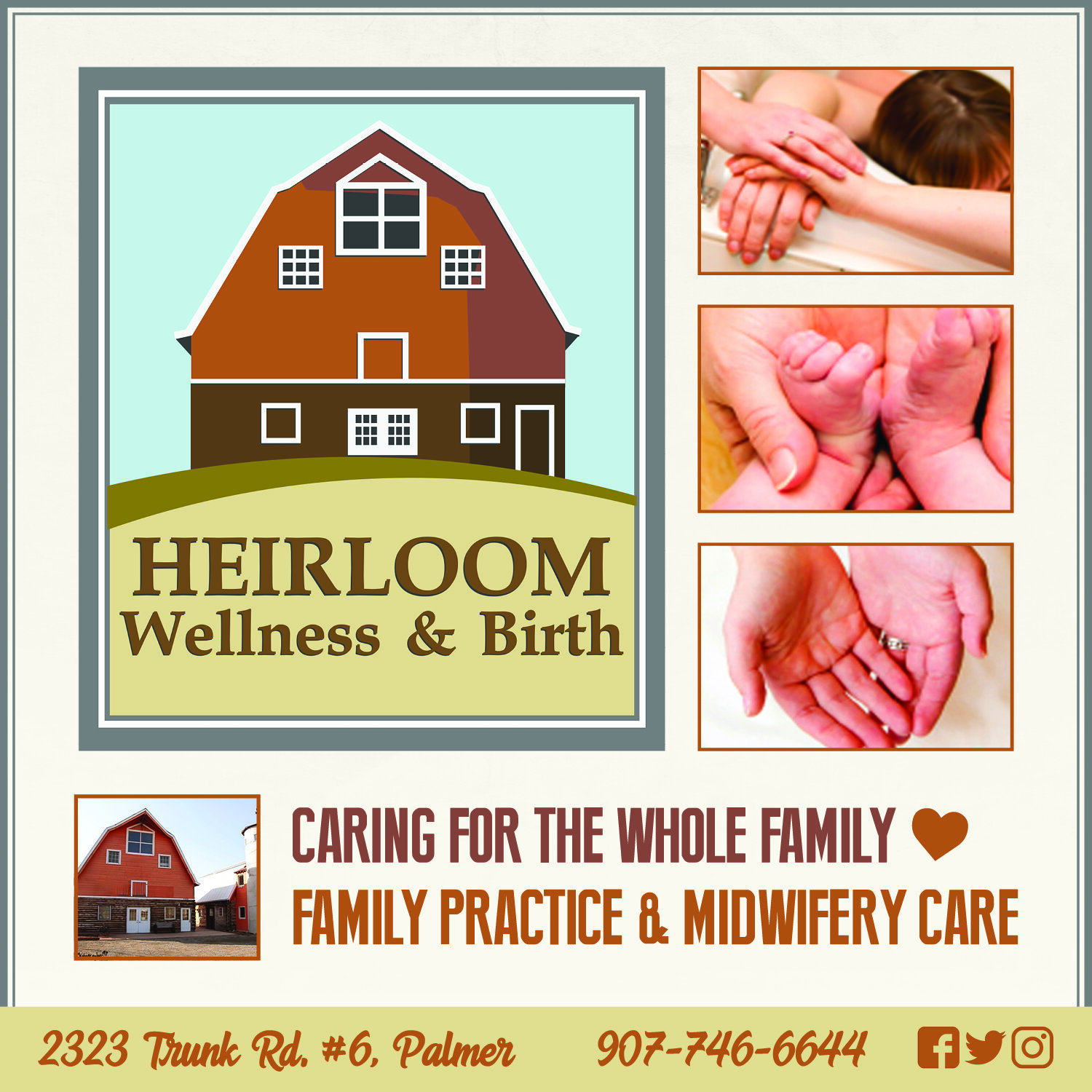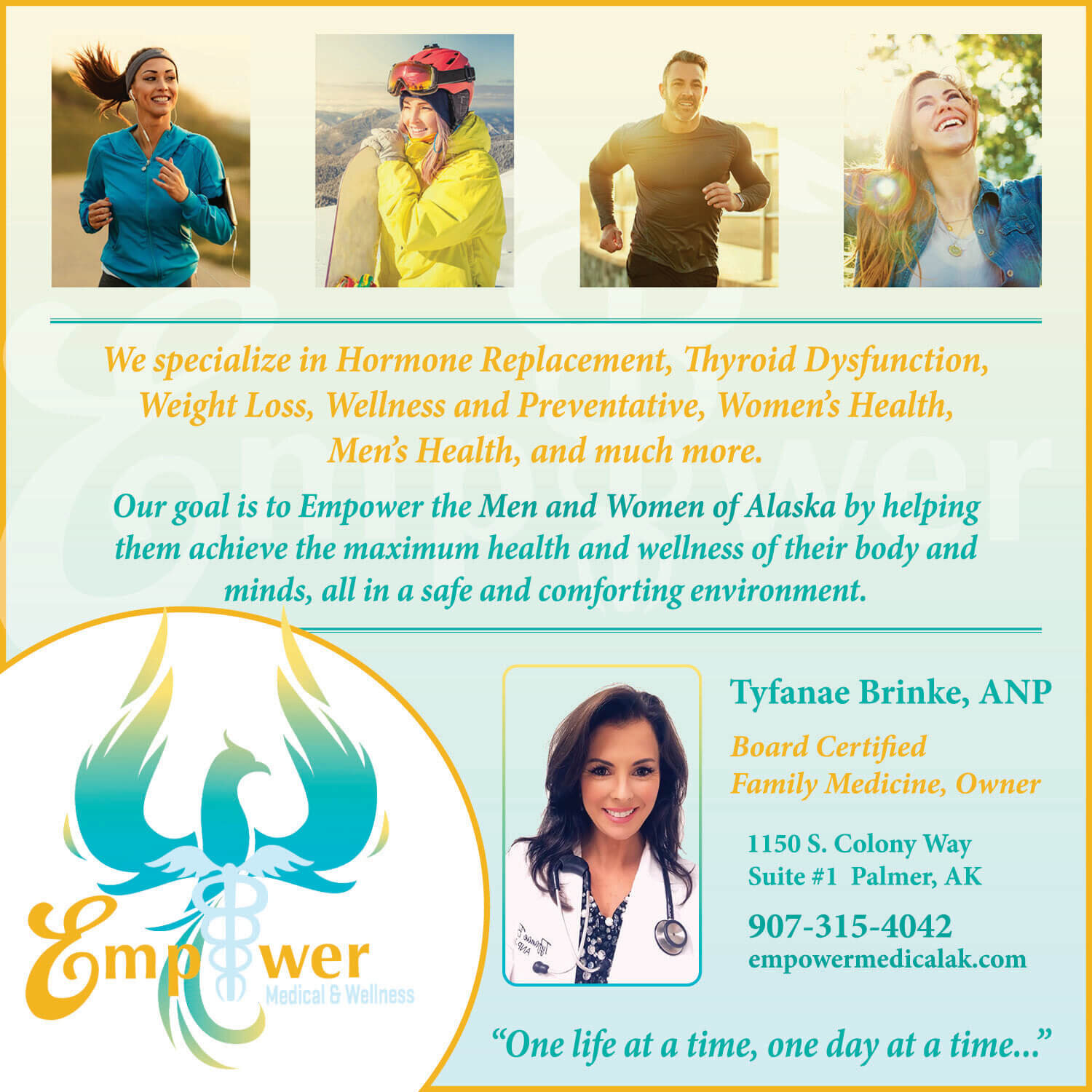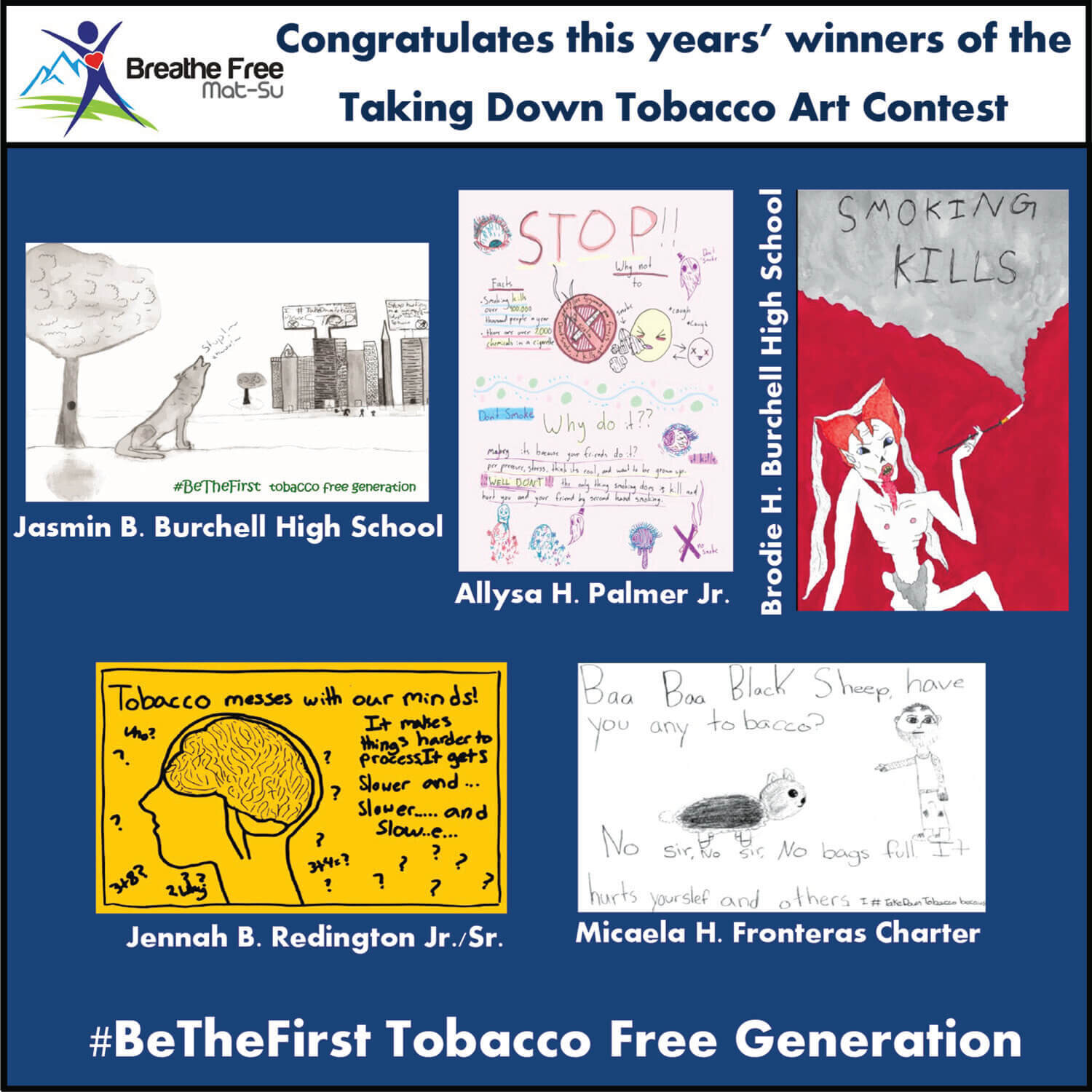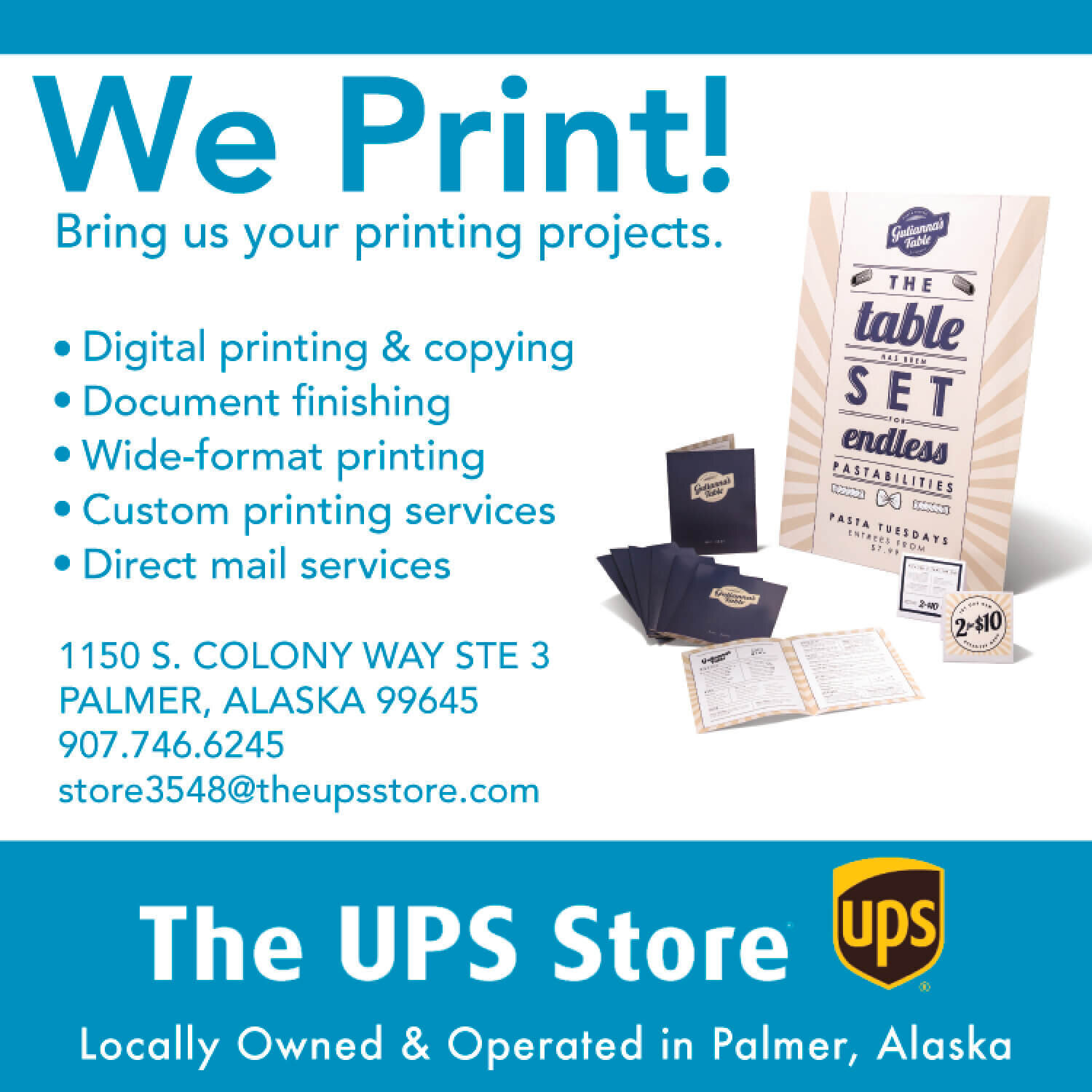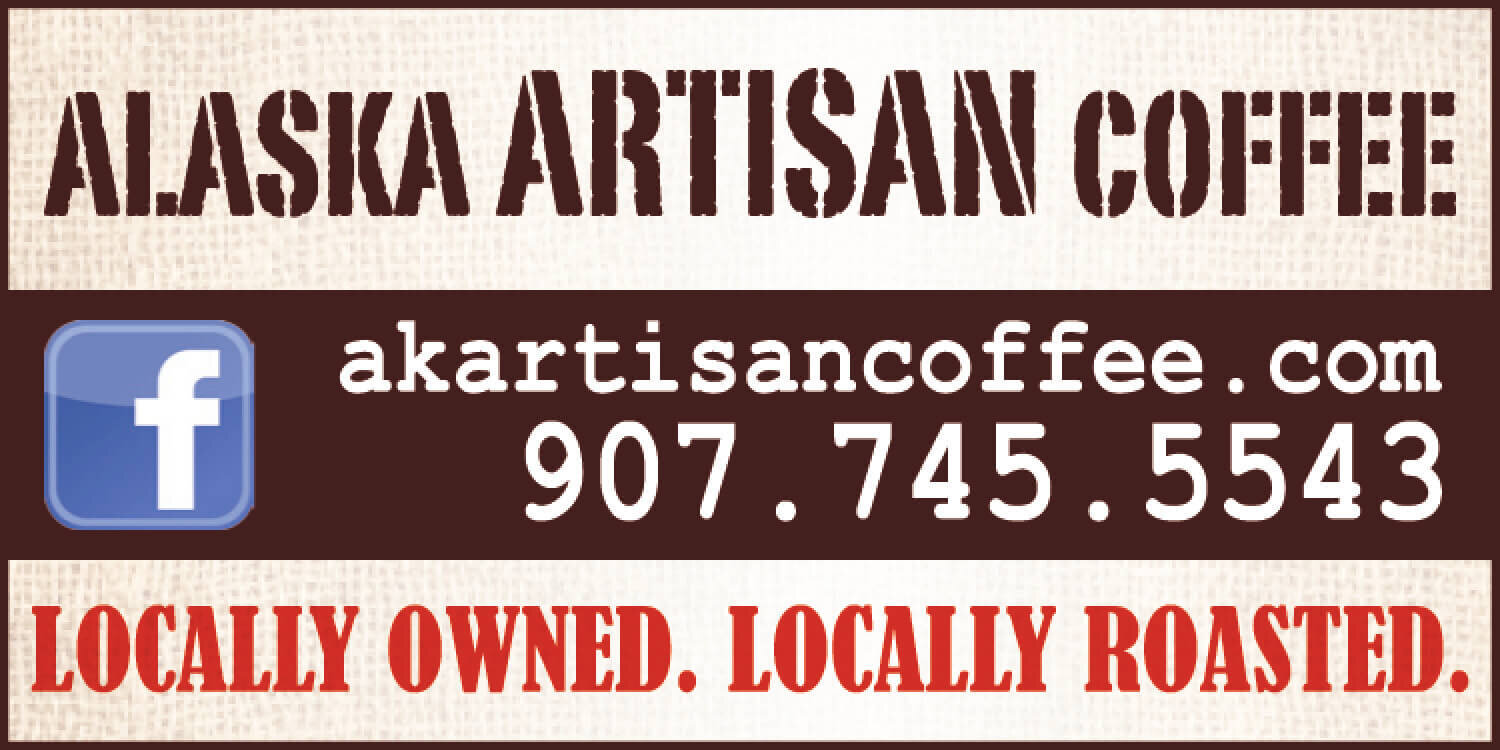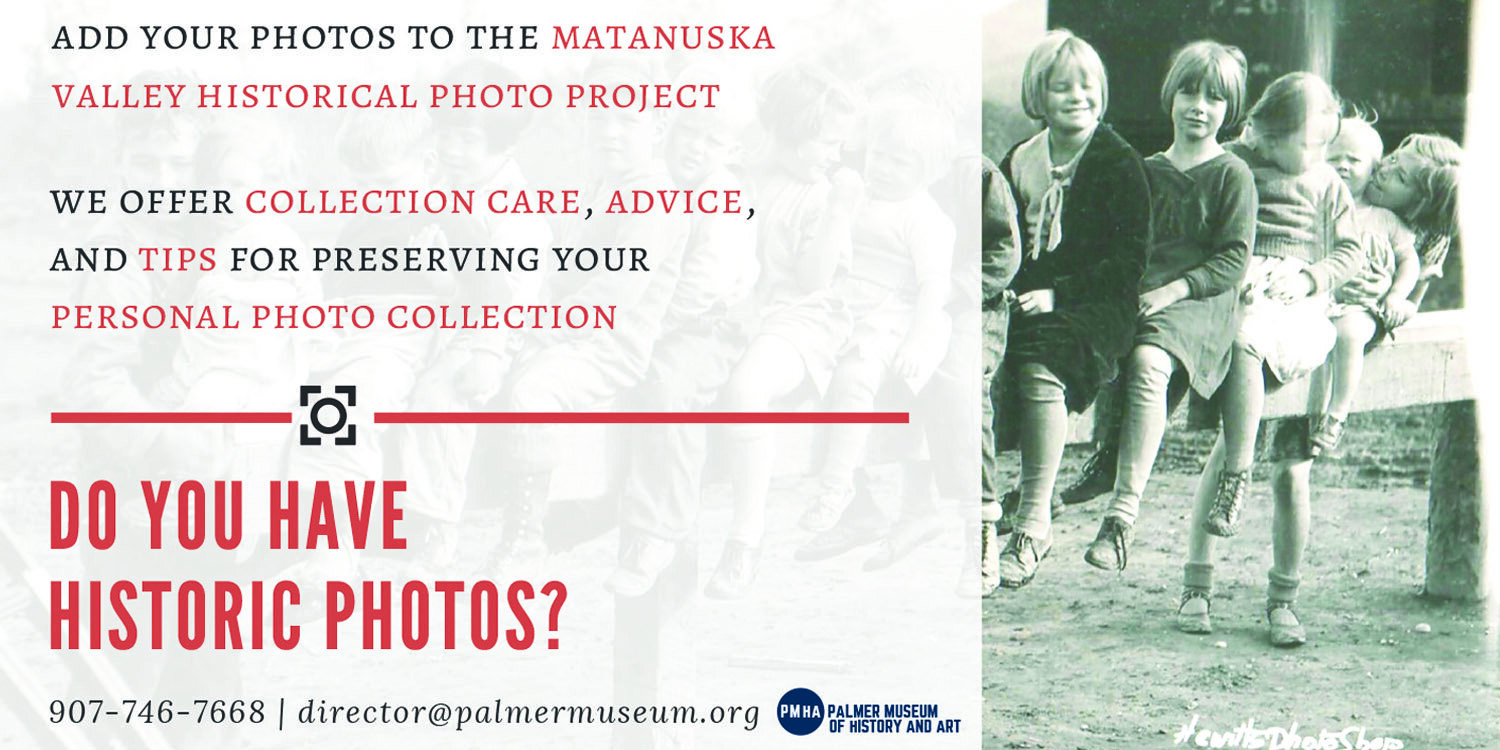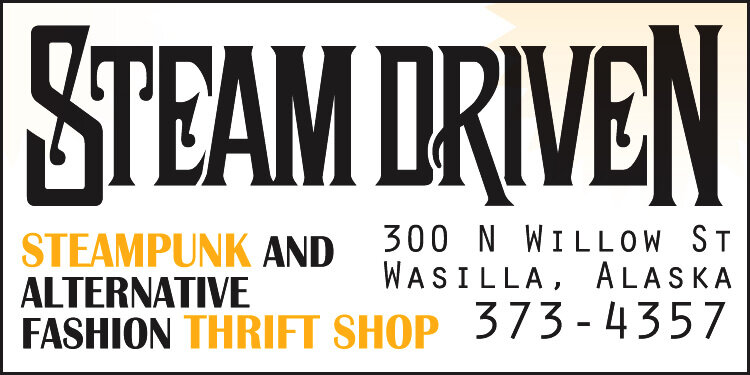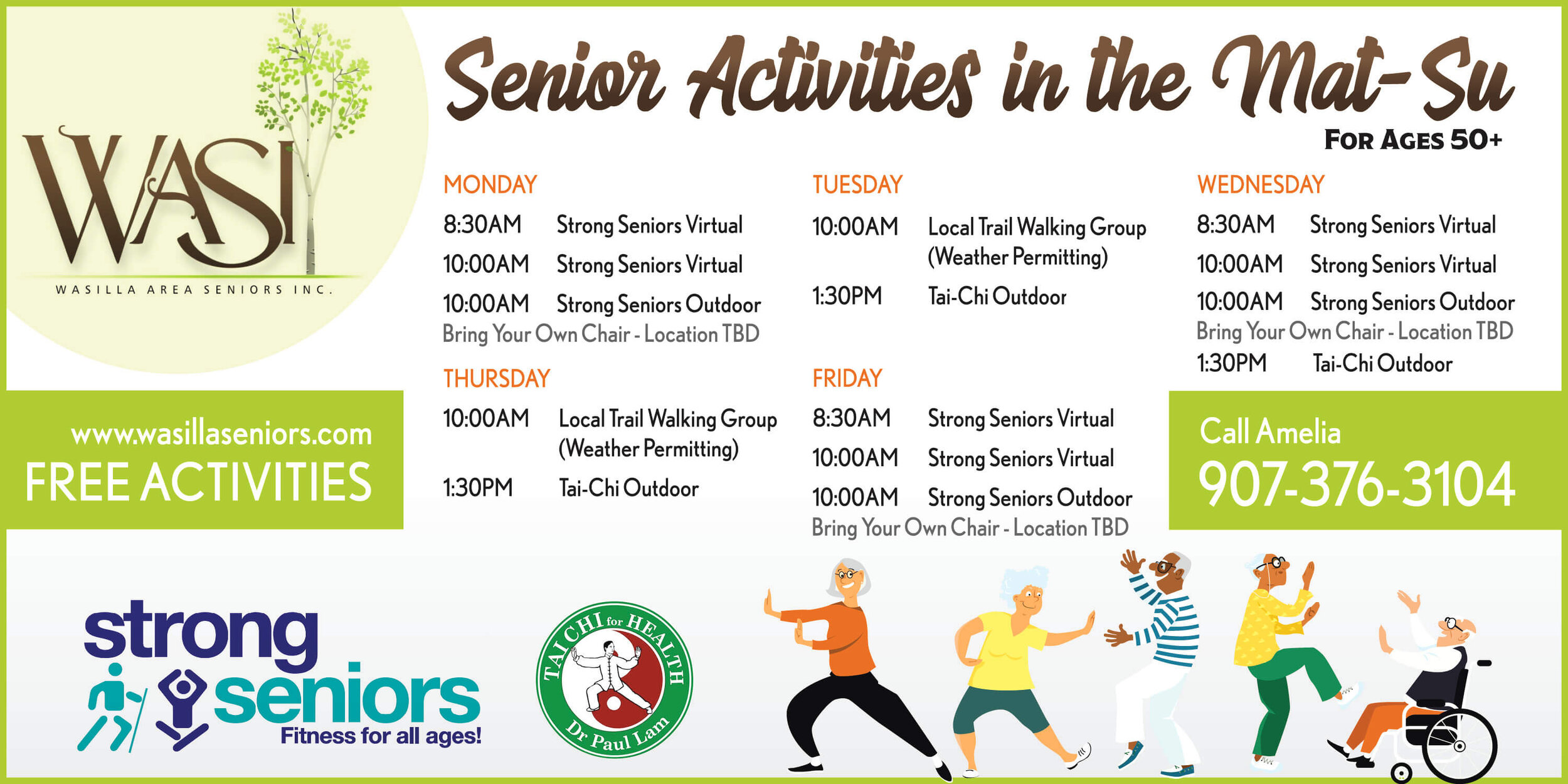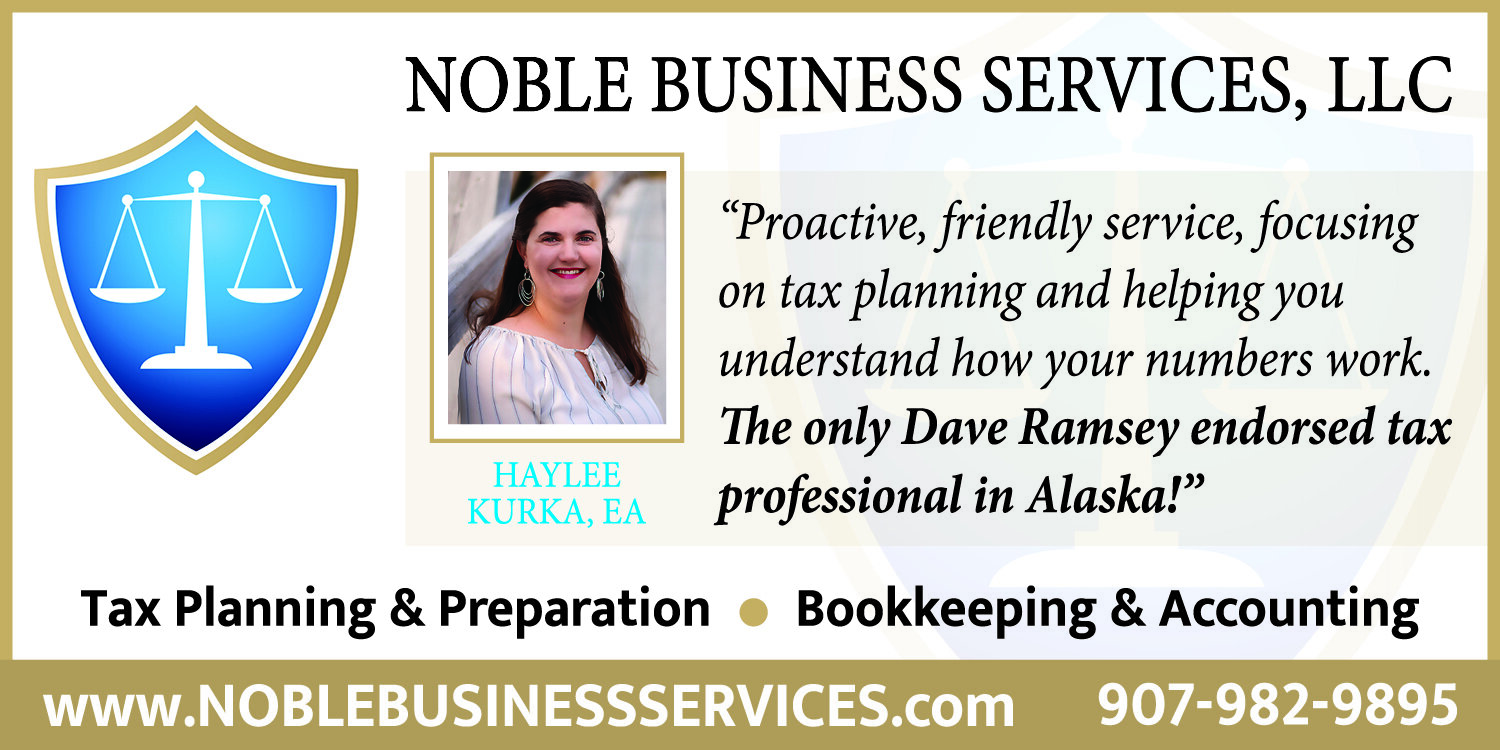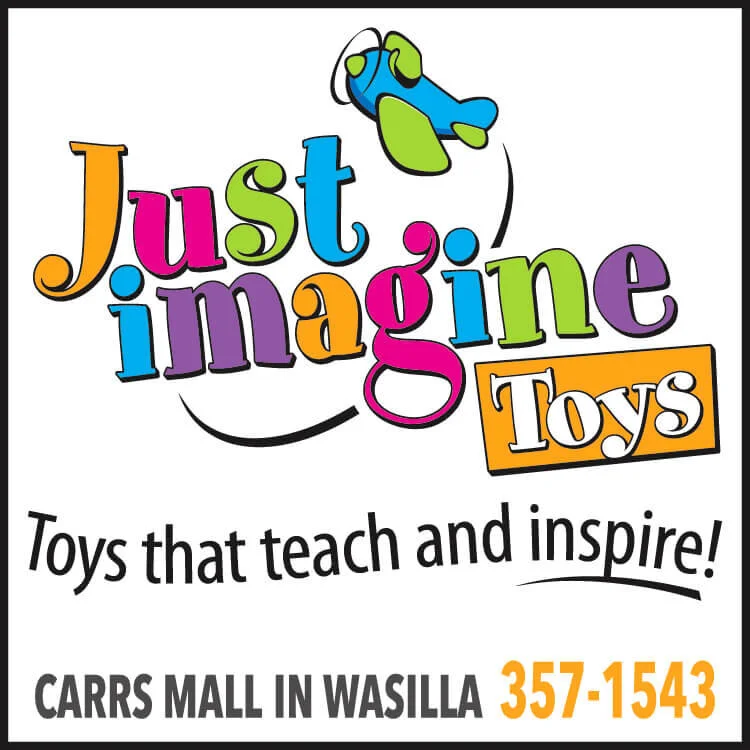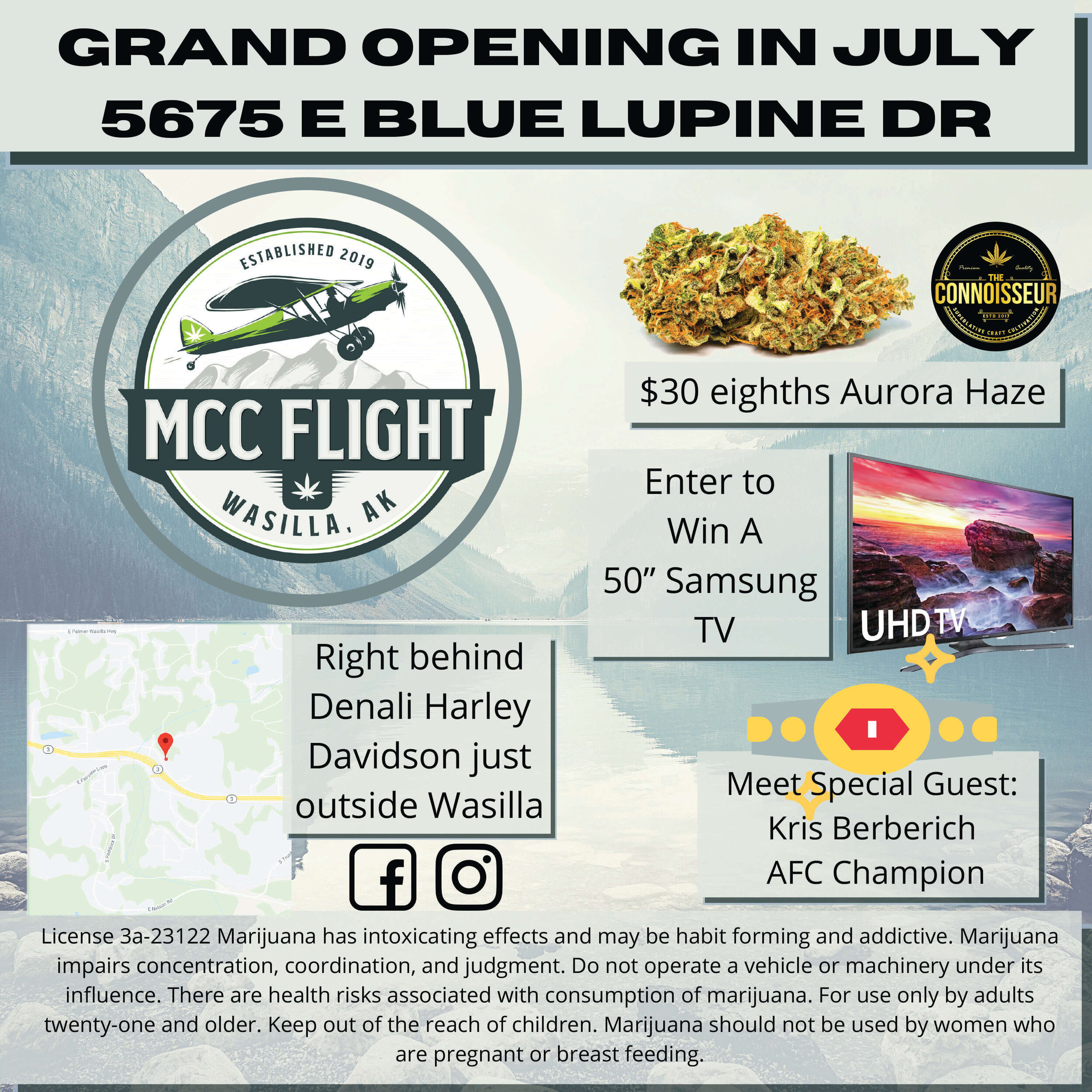Contributed by Jill Farris
The world is well-aware of the amount of plastic collecting in nature and how miniscule pieces impact the air we breathe, our drinking water, and the food web. Hindsight on goals set for 2020 to pulverize the mounting threat of plastic pollution reveals that every decade plastic production has been doubling. Introducing new policy to support and improve the material recovery rate, industry and government plan to fund upgrades through the EPA to the existing framework Valley Community for Recycling Solutions coordinates its operations within. Educating consumers to take the necessary steps and expand the value of recycling are worth the effort, still.
Globally, the plastics industry produces 300 million tons of plastic every year. Responding to pressure on the industry, efforts to fix plastic pollution and change the statistics appear to be underway. The Association of Plastics Recyclers recommends that ALL plastic packaging in the marketplace today be compatible with the plastics recycling infrastructure. Size and shape are critical parameters in recycling facilities’ sorting, and this must be considered in designing packages for recycling.
It is in any business’ interest to understand these issues and find production and management solutions that support sustainable consumption. ‘Closing the Loop’ creates stable markets for recycling and ensures the continuation and expansion of our existing recycling program. Without a demand, there is no economy to support recycling.
With that said, we like to highlight ideas that make a positive impact using materials made out of reclaimed plastics. Several manufacturers are experimenting with reusing waste products. Here are examples of products made from the four (4) types of plastics that you can recycle at VCRS:
PET #1 BOTTLES: Looking for something cool to wear? A limited supply of classic sweatshirts representing the clear, iconic forms and colors seen in our National Parks are available for purchase at VCRS fundraisers. This clothing is made from single use plastic bottles containing Polyethylene Terephthalate. Interestingly, the North Face’s Bottle Source line has collected hundreds of thousands of pounds of plastic bottles from the national park waste streams and made them into T-shirts and hoodies. $1 from sales goes back into recycling programs for the National Parks Foundation.
Patagonia sells a mesh bag to catch microfibers that shed from polyester apparel in the wash cycle. “Research shows that garments of a higher quality shed less in the wash than low-quality synthetic products,” they write. “Today, our materials team uses recycled polyester made from used soda bottles and unusable manufacturing waste to create new polyester fibers for clothing. And our extensive field testing shows it performs just as well, if not better, as gear made from virgin polyester.”
HDPE #2 JUGS: Used for street and highway and residential drainage applications, storm and sanitary sewers, agriculture, mining, wastewater treatment and waste management, High Density Polyethylene is formulated into a recycled resin called thermoplastic. The material meets and exceeds industry standards because it can handle abrasive runoffs and is lighter in weight and easier to install than comparable products made with traditional materials - like concrete. Green Line Polymers is the subsidiary that has seen sales increase of corrugated pipes by Advanced Drainage Services, Inc. using recycled HDPE 2 plastic; including the new PE detergent bottles, which are fully recyclable through traditional post-consumer recycling channels.
PE FILM & BAGS: VCRS is proud to supply material to the world’s largest manufacturer of recycled backyard decks, fences, and park benches – even playground equipment. Recently, Trex Company, Inc. has expanded its capacity to meet continued demand for petroleum based Low Density Polyethylene plastic bags used by retailers for: shopping, dry cleaning, delivering newspapers and product wrap for remanufacturing into a high performance, non-biodegradable wood alternative. This lightweight composite material, made from 95% recycled plastic film and reclaimed wood fiber, is weather resistant, easy to clean, and doesn’t need to be stained.
The Trex Plastic Film Recycling Challenge looks for schools to participate in a fun and easy way to encourage recycling and to win a playground bench. Last year, “participants kept over 500,000 pounds of plastic waste from ending up in landfills,” said a Trex Company representative.
PP #5 CONTAINERS: There is a functional demonstration unit in the VCRS classroom that heats plastics at a high temperature. The liquefied plastic becomes a mixed oil resource that can be turned into a type of diesel equivalent fuel to heat homes. Benefits to Alaskans are immediate once the hydrocarbons made from petroleum into plastics can be converted back to liquid fuel. The oil, which is a mix of different hydrocarbon compounds, can be used to make building blocks for gasoline and other fuels and chemicals. Analysis shows the conversion process uses less energy and results in fewer emissions than incinerating polypropylene plastics or mechanically recycling them.
GARDEN POTS: VCRS sets out a big collection bin in the drive thru during the months of May through September. Customers can drop off all types of plastic pots, trays, and cell packs for redistribution to local gardening clubs to reuse. NO broken pots, wood, terracotta or hanging pots.
Taking to heart the many responsible behaviors taught through reduce, reuse, and recycle lessons, consumers can continue to improve their waste management habits without too much effort. VCRS is located at 9465 E. Chanlyut Circle, Palmer, AK across from the Mat-Su Borough Central Landfill and Animal Care Facility.
